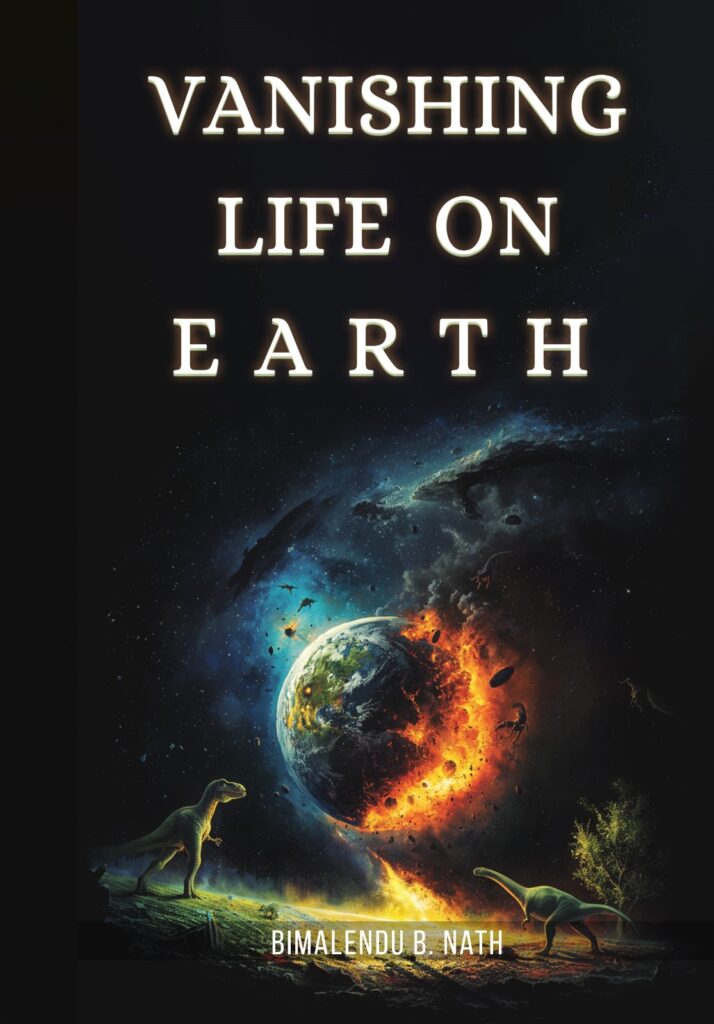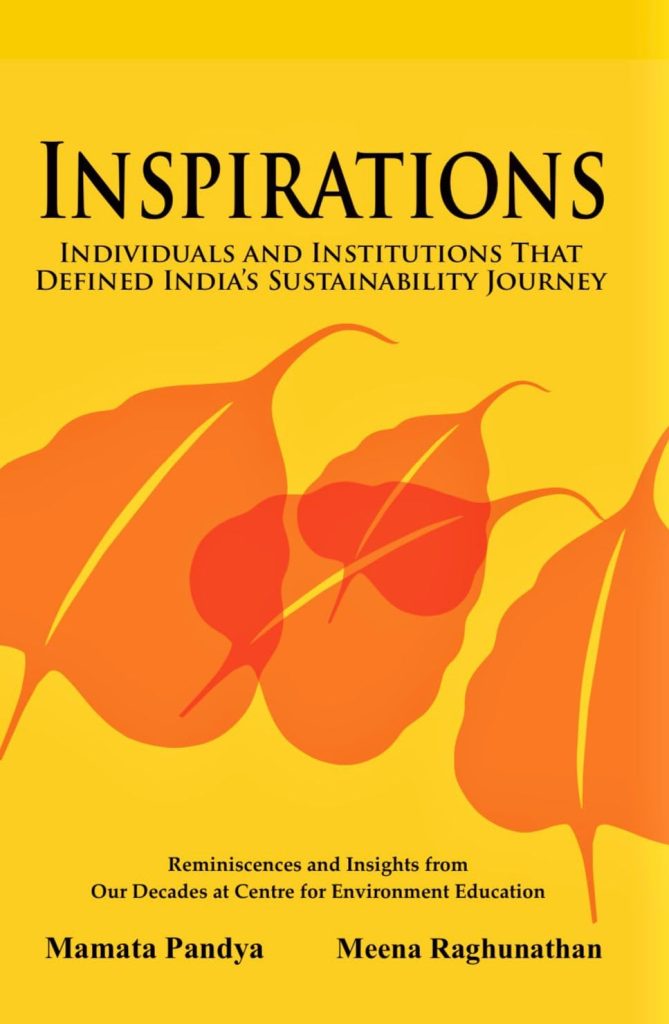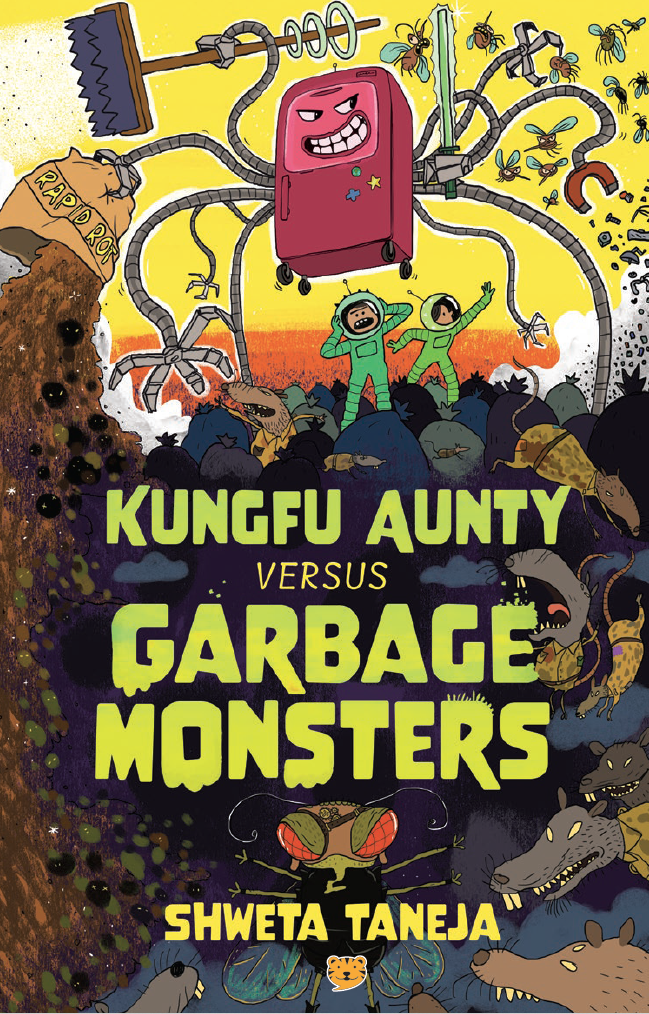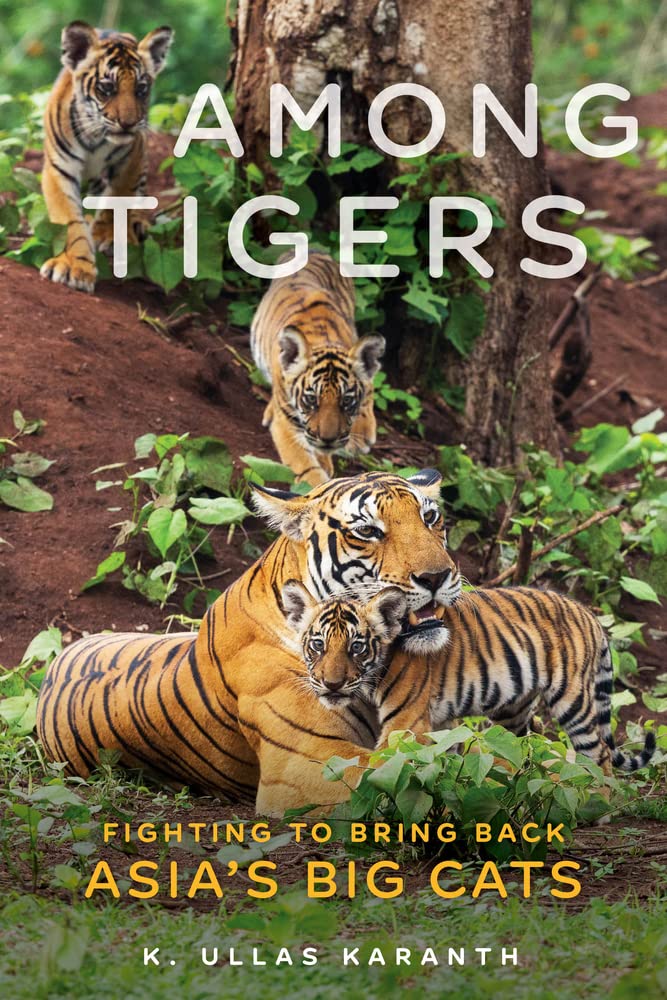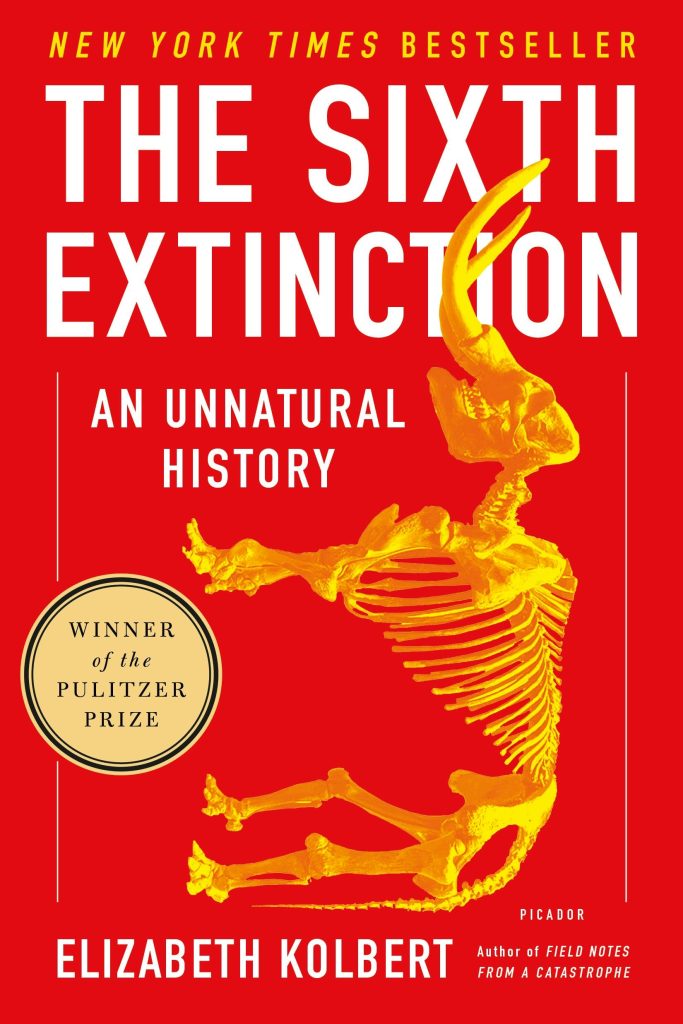India is unique among the populous tropics in having a high population density, while still retaining a large amount of unique biodiversity. However, as in many other parts of the world, this biodiversity faces considerable pressures and is rapidly declining in many areas of the country. Madhav Gadgil and Ullas Karanth are among a handful of internationally-known conservation biologists who, along with their many students and associates, have dominated the conservation scene in India for more than the last three decades. Their respective memoirs offer unique, and somewhat contrasting, insights into the world of nature, indigenous people, and everything in between. These insights can help us save not only the extant biodiversity, but also much more, once we start reversing current trends and restoring nature in India and elsewhere.
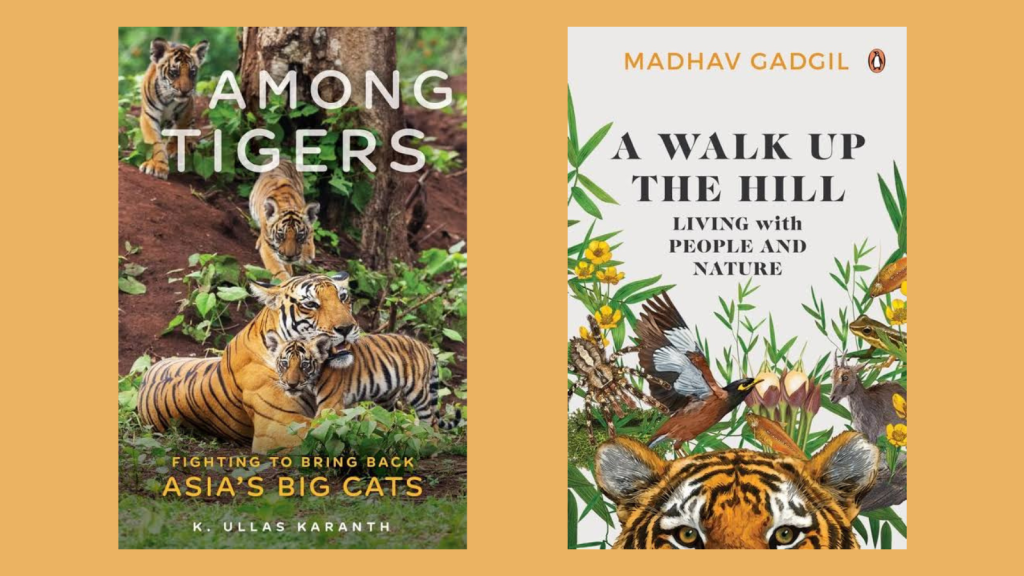
In the 1940s as a child, Gadgil grew up in a home with a well-stocked library under the wings of a scholarly father and an aunt, immersing himself not only in the natural world, but in the ways farmers farmed land and fisher folk fished. In the mid to late 1960s, his forays into a diverse range of disciplines in science, such as ecology, genetics and mathematics, continued while he pursued doctoral studies at Harvard. There, he had an opportunity to rub shoulders with the likes of Ed Wilson, Ernst Mayr, William Bossert and Robert Trivers. It’s no wonder that following his return to India, his contributions to conservation biology encompassed a wide range from work on the social behaviour of animals to peoples’ protection of sacred groves, from the evolution of life history traits in animals and plants to citizen documentation of biodiversity in biodiversity registers, and from studies of local ecosystems to policies for conserving entire biodiversity hotspots.
Karanth similarly developed an early interest in wildlife and acquired a diverse background which enabled him to offer unique insights to the conservation of biodiversity. With a foundation in in engineering, he became interested in tagging tigers with radio collars to understand the movements and behaviour of this ultimate icon of biodiversity in the land of tigers itself. An encounter with Mel Sunquist, a pioneer in radio tracking for tigers, in 1983 led to a stint at the University of Florida, where Karanth earned a doctoral degree. His passion for wildlife and his keen desire to continue working on tigers led him to pioneer methods, based on rigorous science, to better estimate tiger numbers at a time when government agencies all over India used crude estimates based on pugmarks.
The fundamental issue that concerns both Gadgil and Karanth— and remains crucial in global conservation today—is the coexistence of people and biodiversity, particularly in the regions of the world where wildlands, rivers and seascapes are the sources of livelihoods and the homes of local communities, including indigenous people.
Concerned about shrinking habitats for large carnivores such as tigers, Karanth has spent a lifetime advocating for the voluntary relocation of local people to settlements outside protected areas, where they do not have to constantly respond to the vagaries of the environment, including serious injuries and deaths from large carnivores and elephants, and where they have access to education, public health, government sponsored programmes, and a diversity of livelihoods. In his book, he cites examples of successful relocation efforts he has led. Karanth concedes the potential for coexistence of people and tigers in very large landscapes.
Gadgil has a broader and more expansive view of biodiversity. Having served on a government task force to review the declining number of tigers in the early 2000s, he recognises the importance of flagship species holding ecosystems together and requiring adequate habitats. However, he argues, in the long run, the conservation of biodiversity requires appropriate policies and their implementation through congruous governance regimes in which local farmers, herders and fisherfolk play a central role. For him, people are not a part of the problem, but rather the solution. Gadgil cites cases where, with the use of existing policies such as the Forest Rights Act, indigenous groups are developing plans for sustainable management of biodiversity in their habitats.
Ironically, both Gadgil and Karanth are deeply concerned about wildlife and biodiversity; both have spent a lifetime working in the same landscape, in the southern Western Ghats of India; both have integrated their science into policy making at the highest levels; both have founded, nurtured, and sustained highly impactful conservation centres in the same city, Bengaluru; and both cite inspiration from the same people including, for example, George Schaller. Yet, their sweeping accounts of conservation of biodiversity in one of the world’s most populous countries are highly personal, without any reference to each other’s work. Perhaps their own individual journeys are so rich that they have no room for those of others.
Their two contrasting approaches to conservation also highlight the complexity of the world we live in. Human pressures on biodiversity, exacerbated by climate change, will continue to intensify. Such pressures, Gadgil argues, stem from relatively affluent “biosphere people” who consume and access resources from a much broader base than the “ecosystem people” who rely on local resources for their livelihoods. For Karnath, in ever shrinking natural habitats, the coexistence of big cats and “ecosystem people” is not feasible. Most would agree that regardless of the sources of pressure, conservation in an open society will remain elusive without the active engagement of people.
Conservation biology as a scientific discipline emerged only in the mid-1980s. Forty years later, the field, having recognised the importance of local community perspectives, other social, economic and political factors, and emerging technologies, has become much more nuanced. Despite these advances, the decline of biodiversity has intensified. Sustaining biodiversity in a rapidly changing world, Gadgil concludes, will require a commitment to equity, social justice, decentralised governance and an end to perverse subsidies to industry. Adhering to these principles, he hopes, the new “welcome generation” will lead the way.
Indeed, both Gadgil and Karanth demonstrate to this new generation that thinking beyond one’s discipline and confronting social and political realities are necessary for protecting the natural world in a large and complex country such as India. For the new generations, they leave not only their stories about how things work, but also well-endowed centres to learn and practise the art of conservation—a monumental legacy that will generate capable stewards of India’s vast and diverse natural landscapes.
Further Reading
Gadgil, M. 2023. A Walk Up the Hill: Living with People and Nature. Penguin Random House India.
Karanth, K. U. 2023. Among Tigers: Fighting to Bring Back Asia’s Big Cats. Chicago Review Press.
